
Pompeo Girolamo Batoni was an Italian painter who displayed a solid technical knowledge in his portrait work and in his numerous allegorical and mythological pictures. The high number of foreign visitors travelling throughout Italy and reaching Rome during their "Grand Tour" led the artist to specialize in portraits.

Alonso Cano Almansa or Alonzo Cano was a Spanish painter, architect, and sculptor born in Granada.

Vicente López Portaña was a Spanish painter, considered one of the best portrait painters of his time.

Cristóbal Valero was a Spanish painter and presbyter.
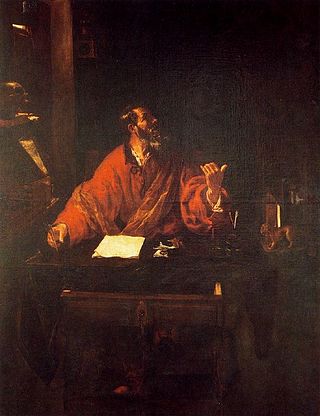
Juan Ribalta was a Spanish painter of the Baroque period. He was born and died in Valencia. His father, Francisco Ribalta, was a famous painter, active in the style of Caravaggio. Some sources said he was born in Madrid and later moved to Valencia. His mother Inés Pelayo died in 1601. Juan's works and style are similar to that of his father. He later painted Saint Sebastian at the Valencia Cathedral in 1616, later the small Adoration of the Shepherds and St. Peter, he also painted portraits including the poet Gaspar de Aguilar.

José Camarón Bonanat, or Bononat was a Spanish draftsman, painter and engraver. Most early sources give his maternal family name as Boronat.
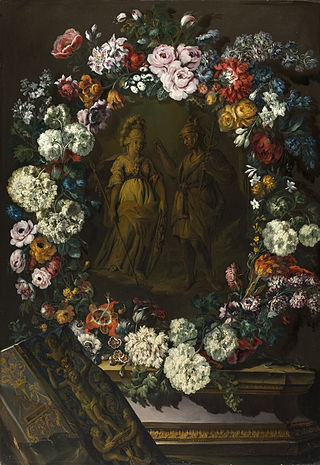
Benito Espinós was a Spanish painter who specialized in floral still-lifes and ornamentation.
The Academia de Bellas Artes de Santa Bárbara was an art school located in Valencia, Spain, founded in 1753 by decree of King Ferdinand VI of Spain
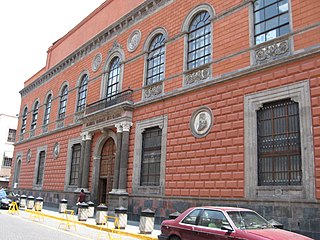
The Academy of San Carlos is located at 22 Academia Street in just northeast of the main plaza of Mexico City. It was the first major art academy and the first art museum in the Americas. It was founded in 1781 as the School of Engraving and moved to the Academia Street location about 10 years later. It emphasized the European classical tradition in training until the early 20th century, when it shifted to a more modern perspective.

The Church of Our Lady of Montserrat is a Baroque-style, Roman Catholic church in central Madrid, Spain. Despite the imposing facade on Calle San Bernardo, the interior has relatively few bays because it was not possible to complete the building as originally projected.
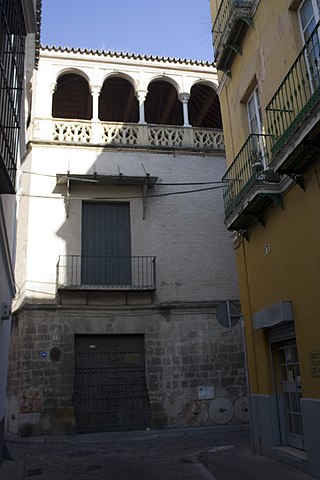
The Real Academia de Bellas Artes de Santa Isabel de Hungría is located in the Casa-Palacio de los Pinelo in central Seville, Spain. It is divided into six sections: Architecture, Sculpture, Painting, Music, Archaeology, Decorative Arts and Performing and Audiovisual Arts.
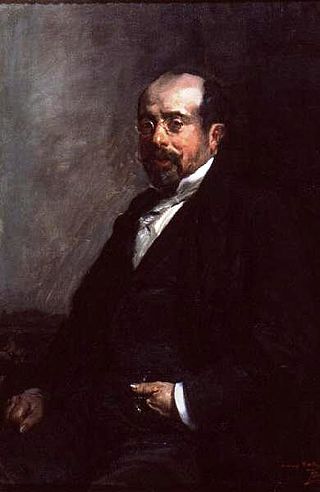
Antonio Muñoz Degrain was a Spanish painter who began in the Eclectic style, later in his career he moved towards Impressionism. He is best known for his landscapes and scenes inspired by works of literature.
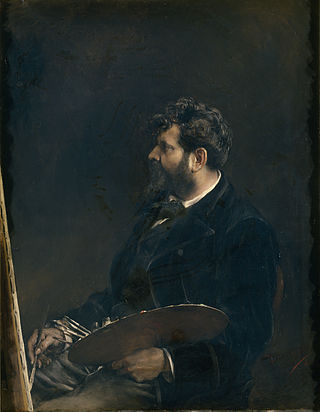
Francisco José Domingo y Marqués was a Spanish painter in the Eclectic style.

María Isidra de Guzmán y de la Cerda was a Spanish noble and scholar. She is regarded to be the first woman to receive a Doctor of Philosophy in Spain.
AntonioPeris Carbonell is a Spanish painter and sculptor.
Felipe Maria Garin Ortiz de Taranco was a Spanish writer, researcher and Academician of art.

Valencian Art Nouveau is the historiographic denomination given to an art and literature movement associated with the Art Nouveau in the Valencian Community, in Spain.

Ignacio Vergara Gimeno was a Spanish Baroque sculptor.

Juan Pascual de Mena was a Spanish sculptor in the Neoclassical style.
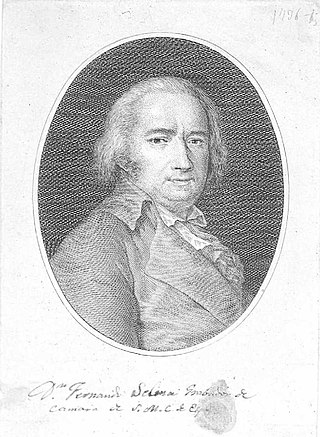
Fernando Selma was a Spanish engraver and illustrator.

















